Learning your way around a modern American gun shop for the first time can seem a little bit like a college physics class, only with more facial hair and testosterone. This is particularly true of those who might not have grown up in this world, with the terminology alone bring seemingly overwhelming. Sometimes certain things that should be simple are not. As a case in point, let us consider the humble handgun.
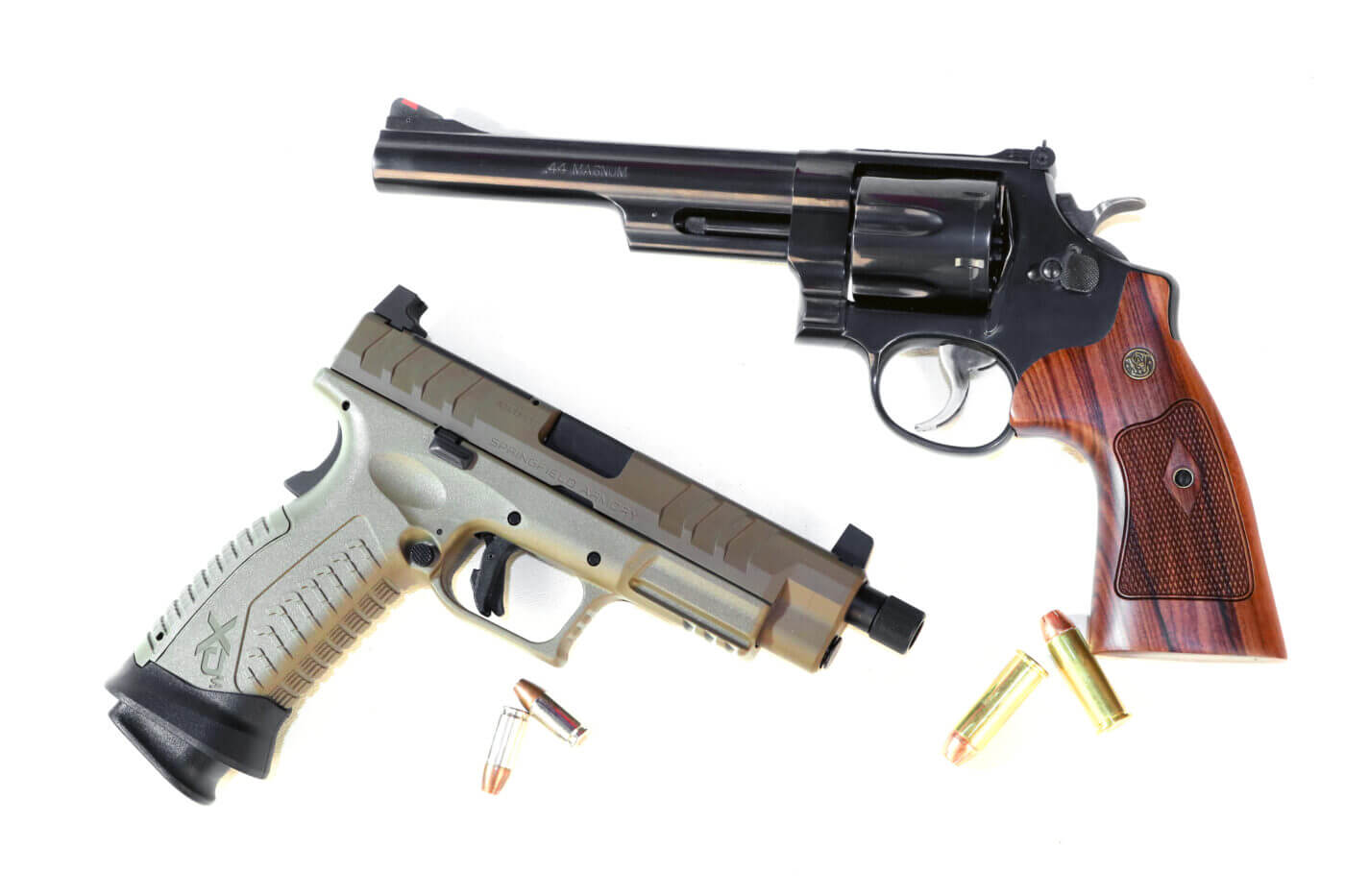
A particularly insightful five-year-old once entertained me in my medical clinic extolling the many manifest virtues of frogs. He patiently explained that all toads were frogs but not all frogs were toads. So it is with handguns.
Revolver vs. Pistol
Any small-statured firearm designed to be fired with the arms outstretched is termed a handgun. In general, a handgun can be a pistol or a revolver. The origins of the term pistol hearken back to 16th century France. The French “pistolet” at that time meant a small gun or knife.
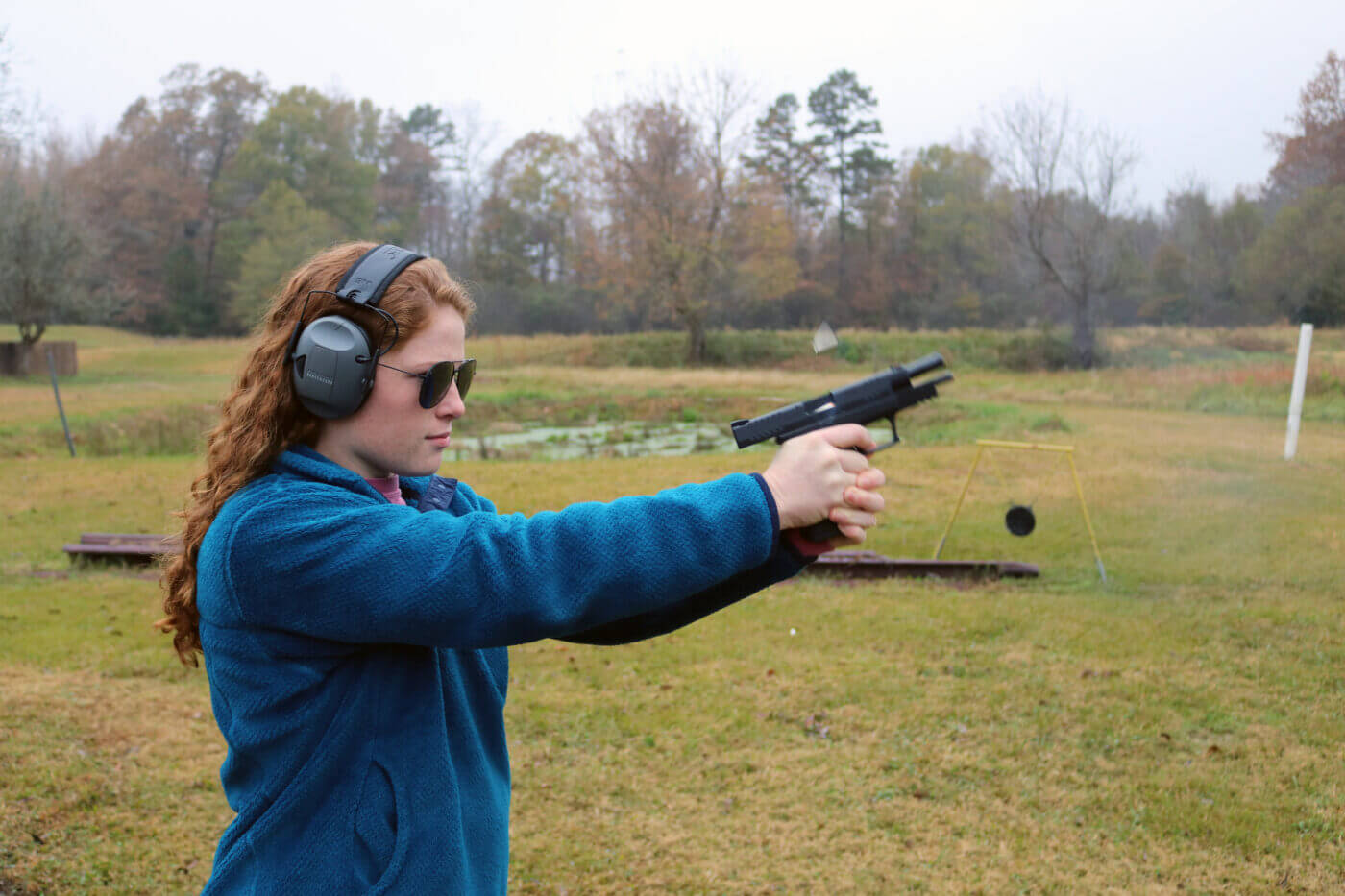
In modern parlance, the word “pistol” is typically used to describe a semi-automatic autoloading handgun. Semi-automatic means that the gun fires one shot with each pull of the trigger. Autoloading means that the gun’s mechanism ejects the spent case and loads a fresh cartridge using the gun’s intrinsic recoil energy.
By contrast, the word “revolver” is shorthand for revolving pistol. This particular design dates back to before the American Civil War. While the first revolving gun actions arose some 500 years ago, the mechanism was not made truly useful until Sam Colt designed his eponymous Colt revolver in 1836.
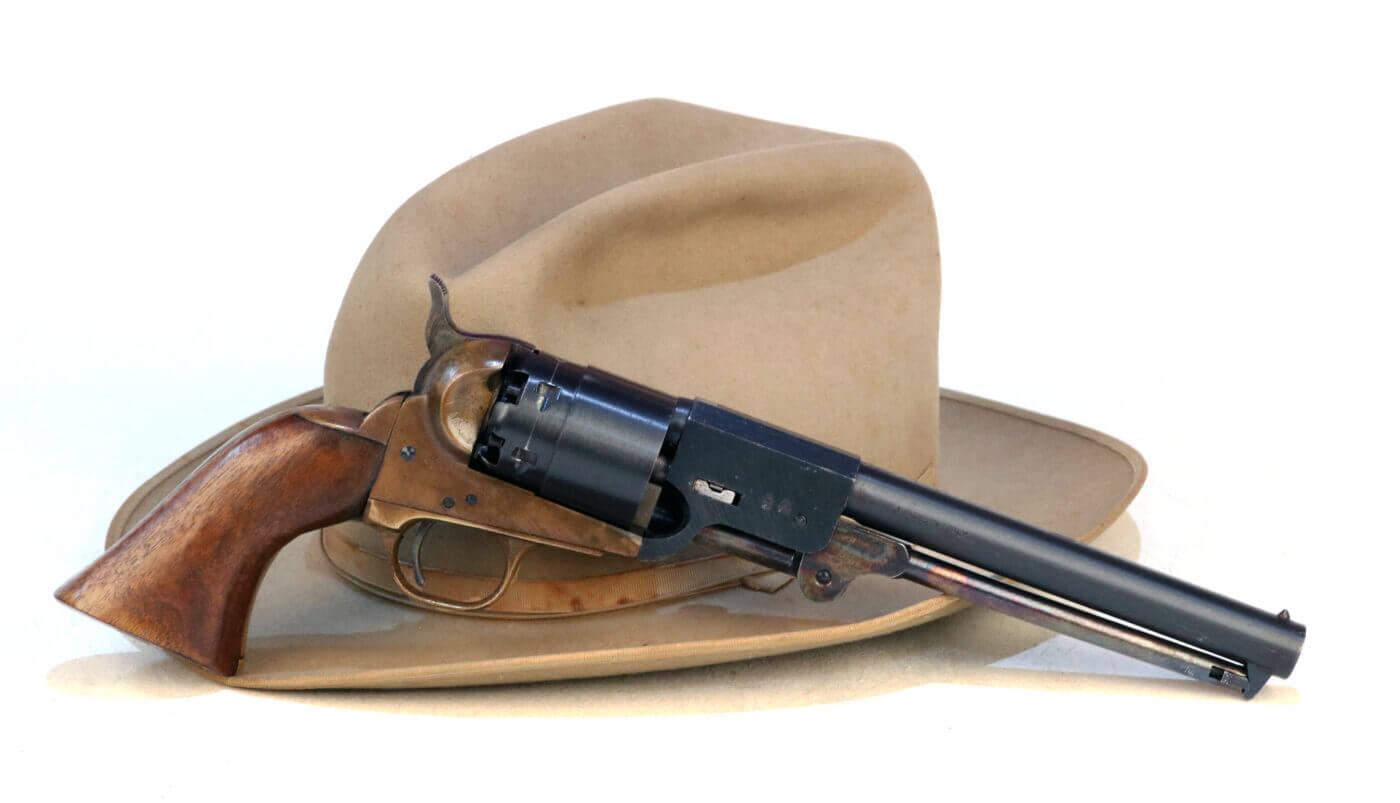
So, in terms of name alone, the revolver vs pistol debate should simply note that the revolver is a subset of the pistol genre.
The Semi-Automatic Pistol
The world’s first autoloading pistol was the obscure Salvator-Dormus semi-automatic handgun patented in July of 1891. There have been lots of different kinds since then, but today’s pistols follow certain common conventions. The typical modern autoloading pistol feeds from a spring-loaded box of cartridges called a magazine that is retained within the grip of the gun.
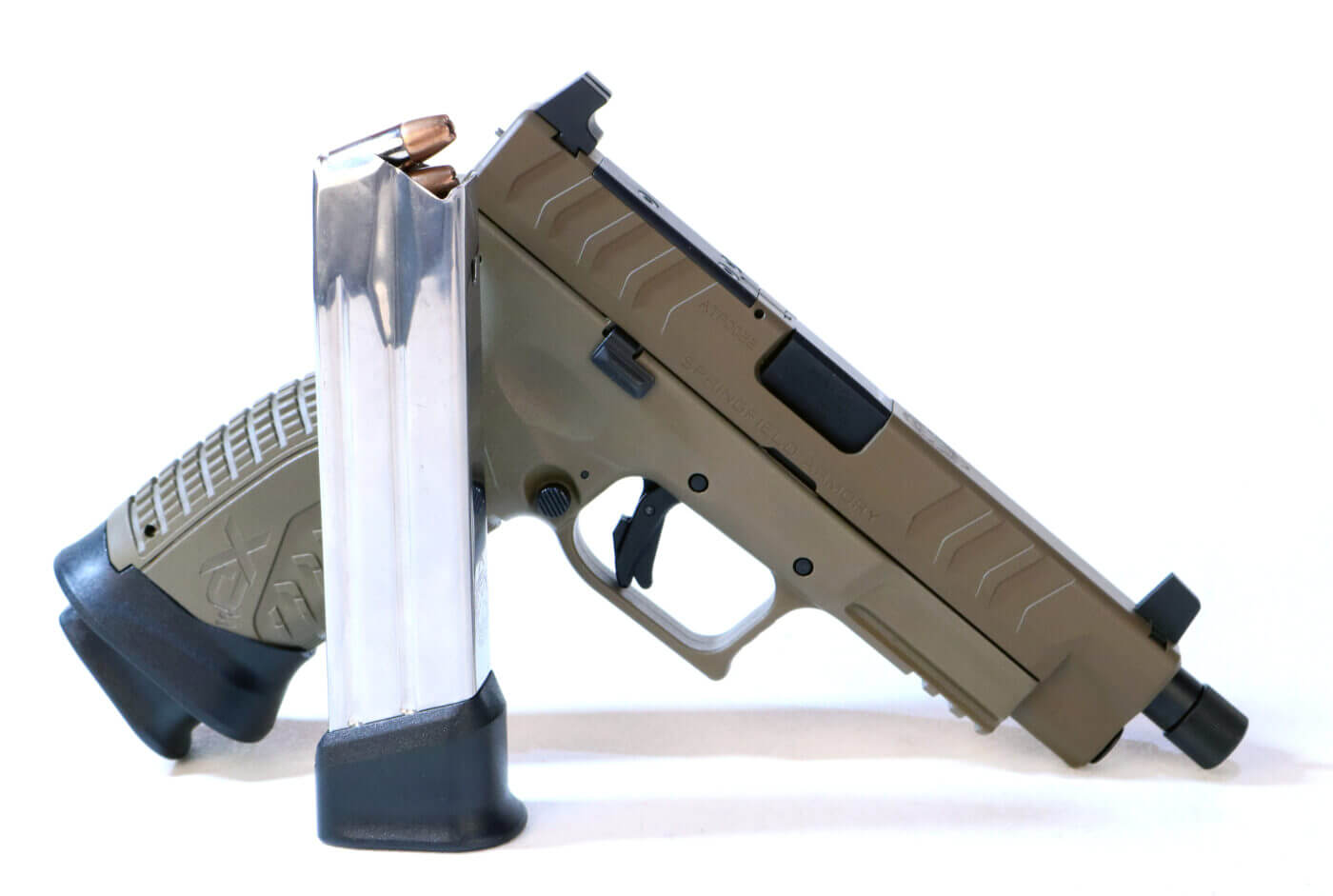
When you pull the trigger of a semi-automatic pistol, the cartridge fires, propelling the bullet out of the barrel. Recoil energy pushes a reciprocating slide backwards to extract and eject the empty cartridge case. Spring pressure then drives the slide forward to push another cartridge into the firing chamber. Pressing the trigger again repeats the cycle. This process can continue until the ammunition in the magazine has run dry.
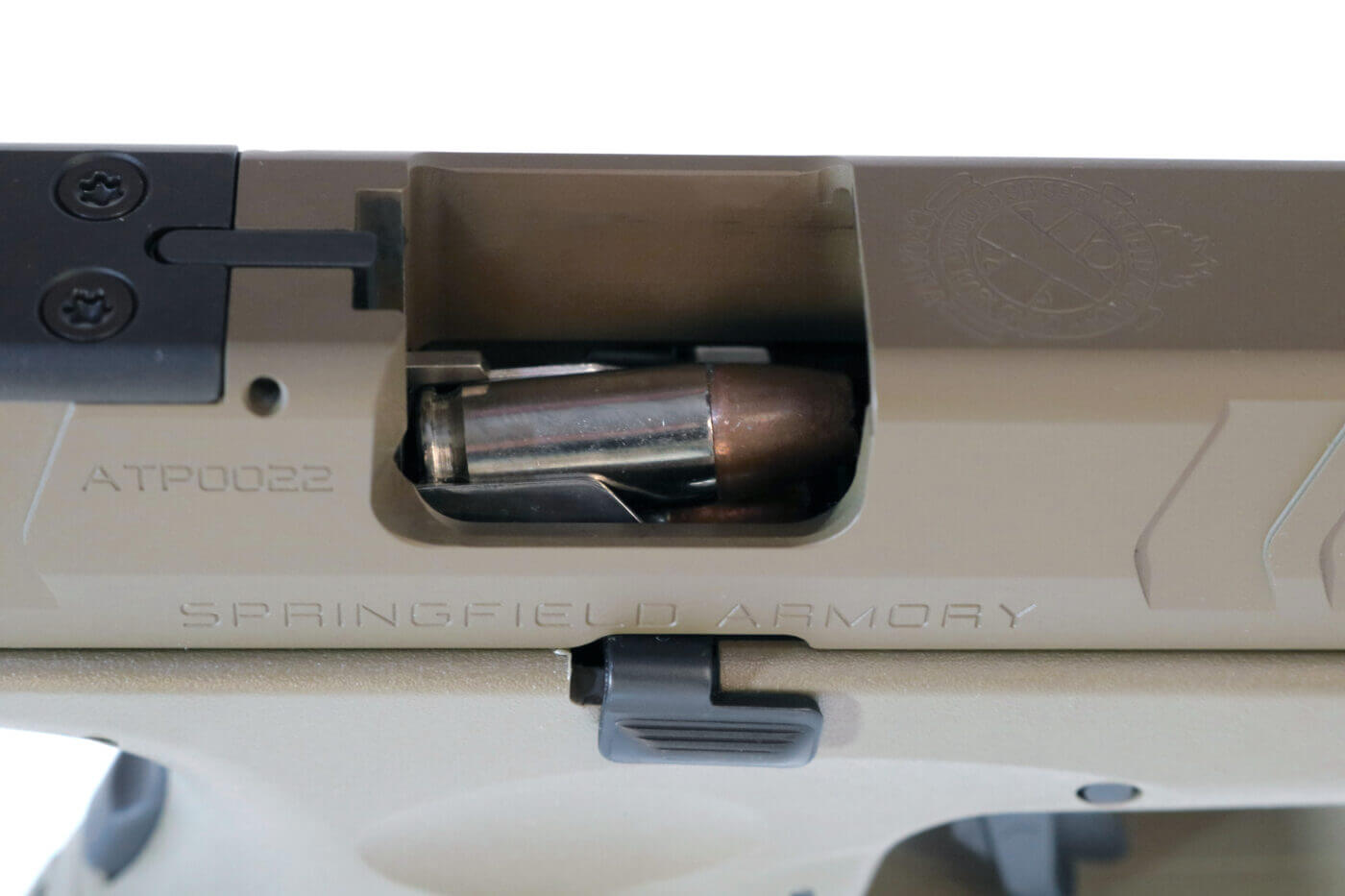
The Revolver
Most modern revolvers carry six cartridges circumferentially in a round steel cylinder that rotates around a central shaft. In most cases, you activate a latch on the side of the gun that allows the cylinder to swing out of the frame. You then load the round cylinder with individual cartridges and snap it back in place.
Most revolvers can be fired two ways. When fired in the double-action mode, you simply pull the trigger. This maneuver rotates the cylinder, indexes an individual chamber in line with the barrel, and cocks the hammer and then drops it to fire the round. Releasing and then pulling the trigger again repeats the process.
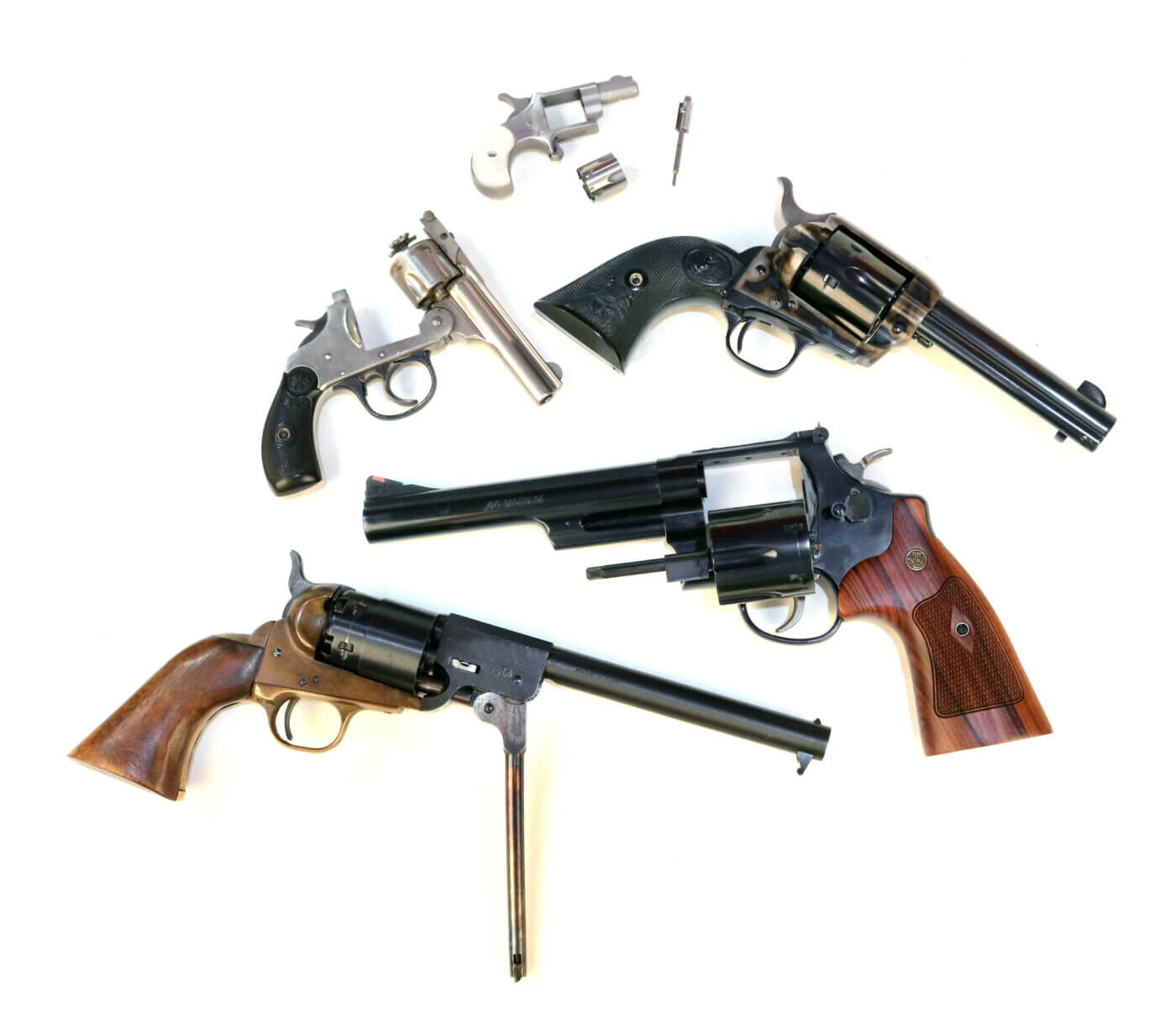
As an alternative, most revolvers also allow you to manually cock the hammer back with your thumb. This mode of fire is called single-action. This maneuver automatically rotates the cylinder and aligns a cartridge with the barrel when you use your thumb to cock the hammer. Pulling the trigger then simply drops the hammer, firing the shot. As the hammer is manually cocked in this mode, single-action fire produces a shorter, lighter, crisper trigger pull over double-action operation which is longer and heavier. This is because the gun’s mechanism has so much less work to do when compared to the double-action mode.
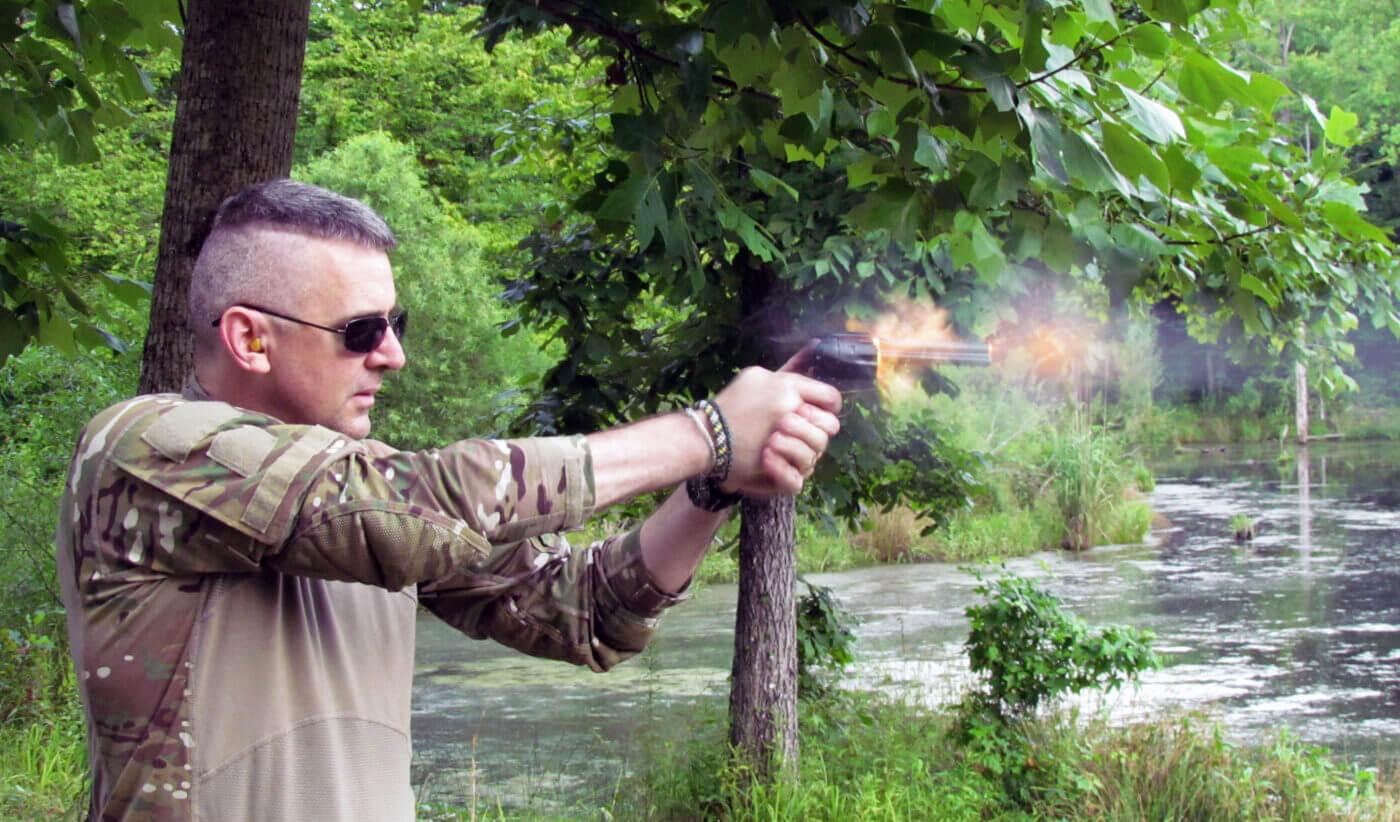
Despite its age, the classic revolver still maintains a healthy following even today. Revolver actions are exceptionally strong and are as a result generally able to manage heavier cartridges than might reasonably fire in a semi-automatic pistol. The heavy nature of the design also lends itself to excellent accuracy. Lastly, the nature of the firing mechanism is such that revolver triggers are amenable to exceptionally crisp performance. Downsides include bulk, weight, and limited ammunition capacity.
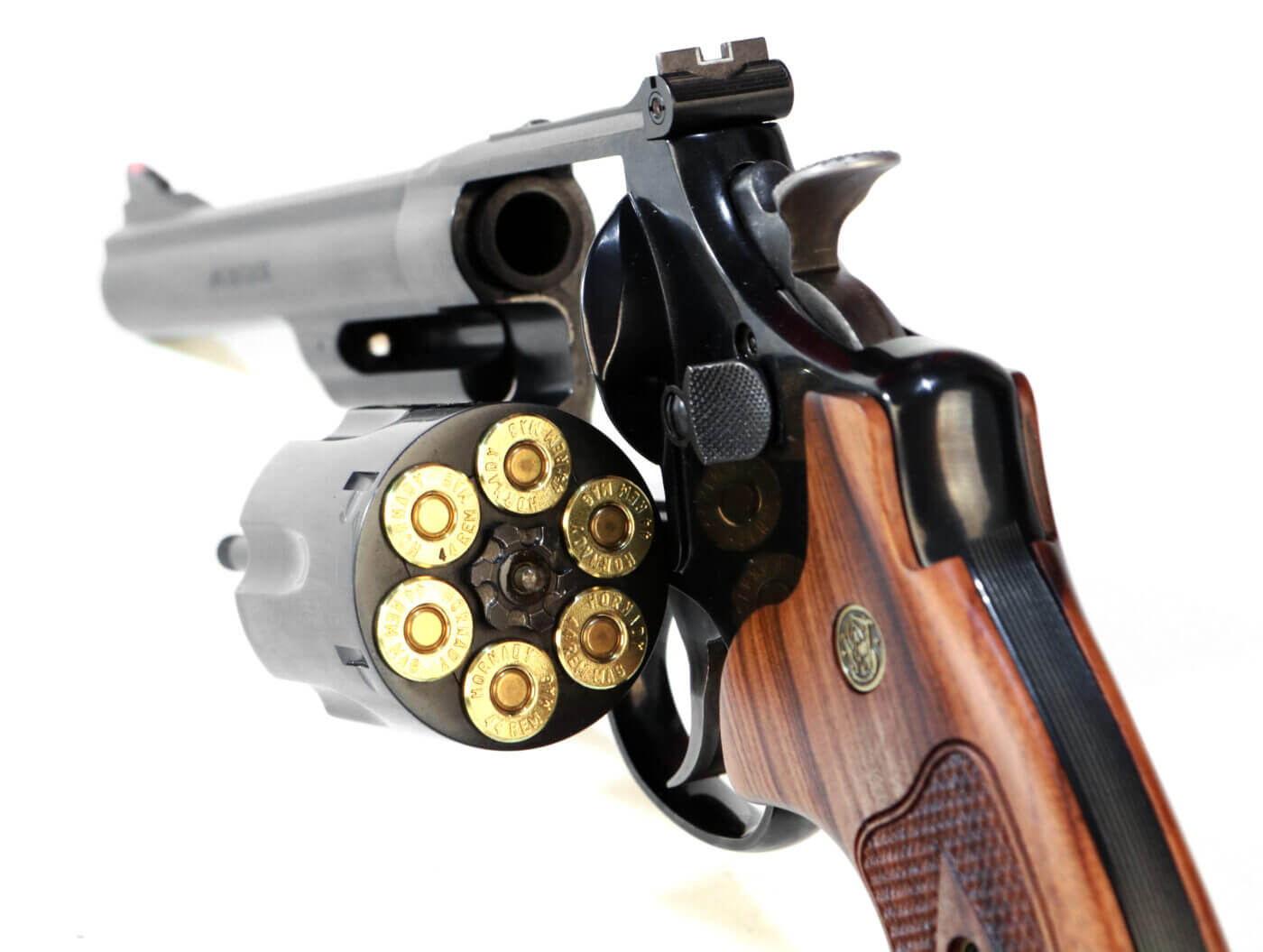
Denouement
While revolvers are still widely used for target shooting and hunting applications, most modern shooters use semi-automatic pistols for concealed carry and personal defense. Advances in metallurgy and design have made these autoloading pistols comparably reliable to revolvers, and they are almost invariably easier to carry and conceal. However, variety is the spice of life.
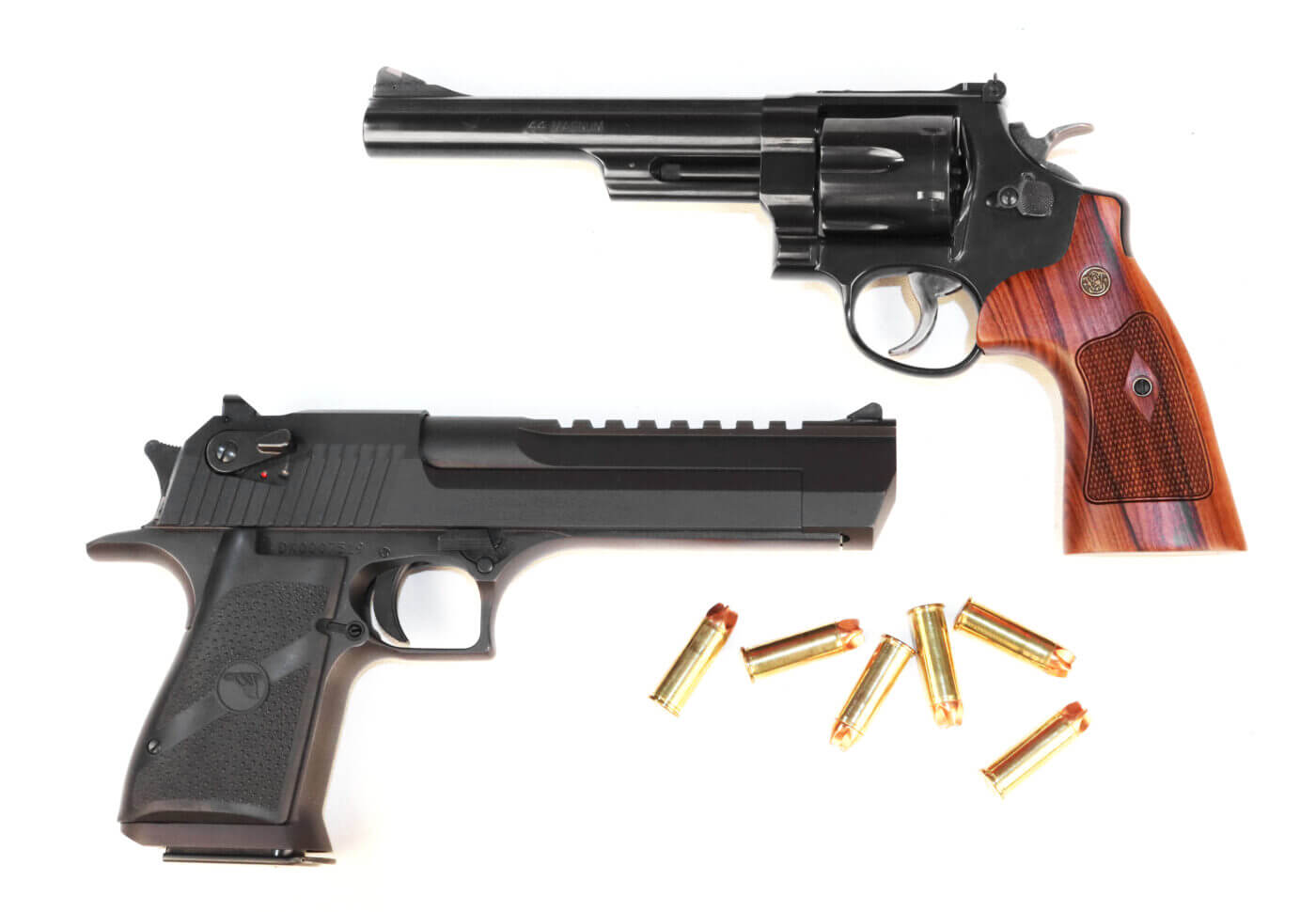
Some shooters gravitate towards trim pocket pistols. Others will run a revolver or nothing at all. In shooting like most human pursuits our innate individuality expresses itself in our personal preferences.